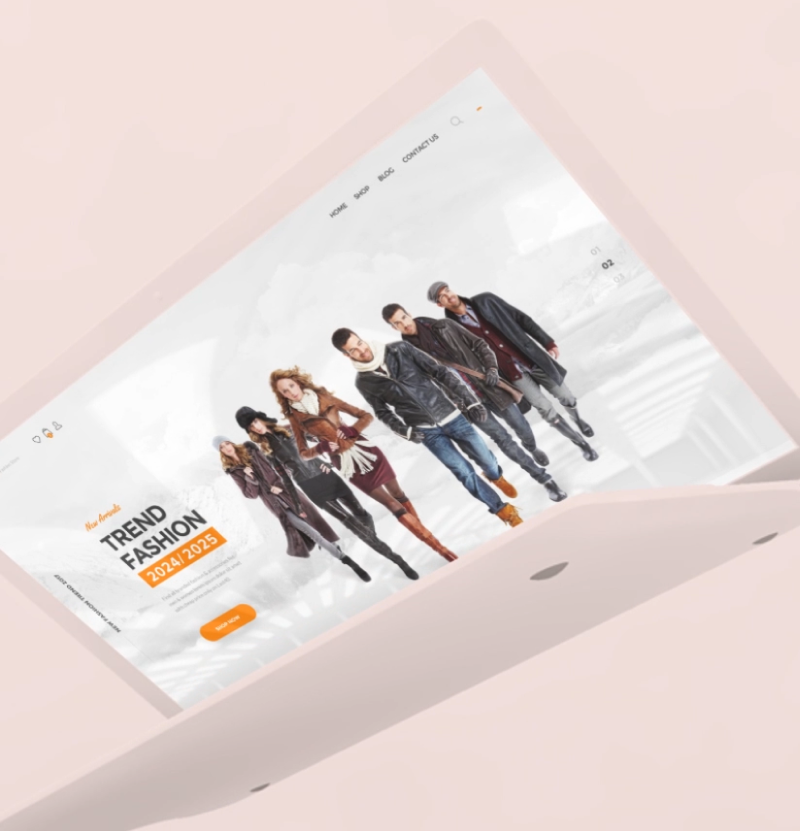
About
Our client aimed to revamp their existing screen-capturing mobile app to regain availability on the Google Store and update it for the App Store. They provided us with an external device (the pod) that needed to be connected to a screen (TV or computer display). This setup would allow multiple users to share their mobile device screens simultaneously on the connected display. The goal was to create a seamless and reliable screen-sharing experience that could be used in various business and educational environments, enhancing collaboration and productivity.
.png)
Challenge
Our team faced several significant challenges during the project.
Firstly, we needed to navigate the strict permissions requirements for screen recording on both Android and iOS platforms. For Android, the app needed to record the screen and audio, whereas iOS only permitted screen recording for third-party software, posing an initial obstacle.
The disparity in screen recording capabilities between iOS and Android added another layer of complexity. With the introduction of Android version 14, permissions for MediaProjection were altered significantly. If we requested screen recording permissions before displaying a notification, the result was a black screen recording. Conversely, if we displayed the notification before obtaining recording consent, the app would crash onto the home screen.
The restrictions on the iOS side were equally challenging. iOS generally does not allow apps to remain active in the background, which poses a significant limitation for continuous screen recording. Additionally, iOS does not permit audio capture from the screen, further complicating our goal of providing a seamless screen-sharing experience.

Process
Planning:
The planning phase began with a detailed scope definition based on the client's requirements and user flow. We created structured tasks in Jira to keep the project on track and established weekly meetings to ensure continuous communication and alignment with the client. Additionally, we coordinated the logistics of picking up the physical devices from the client's office, which were essential for testing and development.
Execution:
We kicked off the execution phase by setting up all necessary environments and configuring Firebase, laying the groundwork for seamless development. Our team then began coding the design screens for both smartphones and tablets, ensuring a responsive and user-friendly interface.
Developing custom solutions for iOS required in-depth research and innovation to navigate the platform's strict permissions and background operation limitations, and we successfully accomplished this.
As development progressed, we also focused on understanding the requirements for publishing the app in the app stores. This involved creating marketing materials, instructional videos demonstrating how the device works, comprehensive app descriptions, and test versions.
Solution
For Android, we successfully used a native library for WebRTC to record the screen without issues. The solution to the permissions issue discussed in the challenges section involved a clever workaround. During the app's first use, we displayed the recording consent twice: first to get the initial permission, then clearing the recorded stream, displaying a notification, and finally requesting recording permission again. This double-consent approach resolved the issue, as native WebRTC/notifee libraries had not yet addressed it.
On the other hand, iOS allowed screen recording without significant hurdles, but we needed to create an extension for the existing app using a native screen recording module. Since the main app could not predict whether the user had started recording or simply closed the modal window of the native module, we implemented a workaround. Users could not exit the screen-sharing interface until native sharing had started, ensuring smooth operation. The same modal window allowed users to stop screen sharing.
Additionally, iOS typically does not permit apps to run in the background for extended periods. As a result, streaming would last only up to 15 seconds after the app transitioned to the background. To circumvent this, we implemented an artificial VoIP call connection. When users initiated screen sharing, we triggered a VoIP call, automatically placing it on hold and muting it. This kept the app active in the background. Users saw the call interface in the app's background and could end screen sharing by disconnecting the call.
Outcome
Our innovative solutions and dedication to overcoming technical challenges paid off. The revamped app became a top performer, reaching number 7 on the bestsellers list in the business category on Google Play.

See other case studies
Get in touch
Have a project in mind? Send us the details and we will reach out to you with the next steps.




